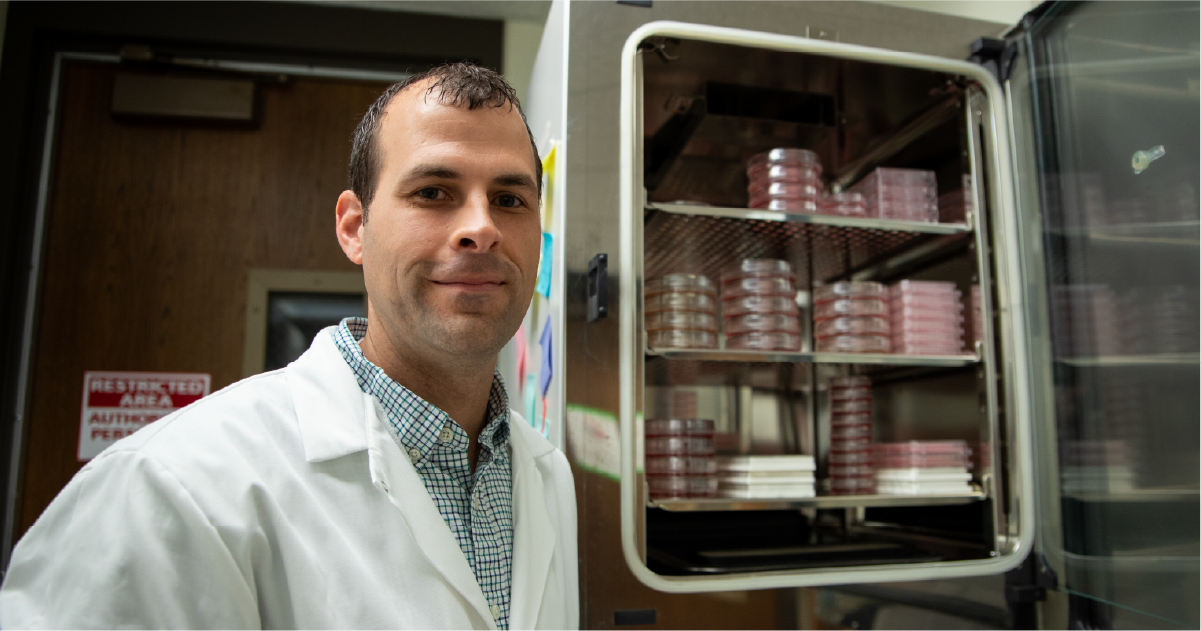You met Jason Hanna, PhD, at the 2025 EHE Global Patient Conference, where he highlighted work his lab is undertaking in EHE. We are thrilled to share a recent publication in Molecular Oncology from the Hanna Lab at Purdue University, highlighting their findings from a study focused on the YAP1-TFE3 subtype of EHE.
The YAP1-TFE3 subtype accounts for only about 10% of EHE cases, so, while EHE is understudied, this very small subset receives less research focus. In this work, researchers found that the YAP1-TFE3 fusion protein forces endothelial cells to change their identity in a process called endothelial-to-mesenchymal transition (EndMT). This causes the cells to lose their endothelial characteristics and take on more mesenchymal-like properties. The cells become more mobile and resist anoikis, a type of cell death that usually occurs when cells become detached. These changes can potentially help the cancer recur, spread, and progress.
In short, this work shows that YAP1-TFE3 hijacks endothelial cells, making them more aggressive through EndMT. This process depends heavily on TFE3 activity, suggesting that targeting TFE3 could be a viable approach to treating this EHE subtype.
We are grateful to Dr. Hanna and the research team for being active contributors to our collaborative research network.
Learn more at these links:

